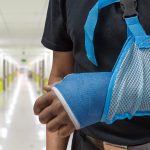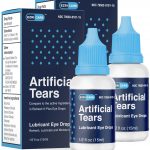
Can vitamin D lower dementia risk? Quite possibly, a team of British and Canadian researchers report. In their study, investigators spent roughly a decade tracking more than 12,000 older people. None had dementia at the start of the study period. In the end, the team determined that those who had been taking vitamin D supplements during that time appeared to face a 40% lower risk for dementia, compared with those who had never taken the supplements. Even so, Claire Sexton, senior director of scientific programs and outreach at the Alzheimer’s Association, cautioned that much more research is needed to better understand a possible link between vitamin D and dementia risk. For one thing, she noted that the study team did not track how much vitamin D supplementation any of the participants took, nor how long they had been taking them. Similarly, overall patient vitamin D levels were never assessed — either at the study launch or conclusion. In addition, the study was observational, Sexton added, meaning at no point were patients told to take, or not to take, vitamin D. That means the study cannot prove that vitamin D actually causes dementia risk to fall. Still, study author Dr. Zahinoor Ismail said that fresh evidence of vitamin D’s power against dementia has “great biological plausibility.” For example, prior research indicates that people with genetic mutations… read on > read on >


















